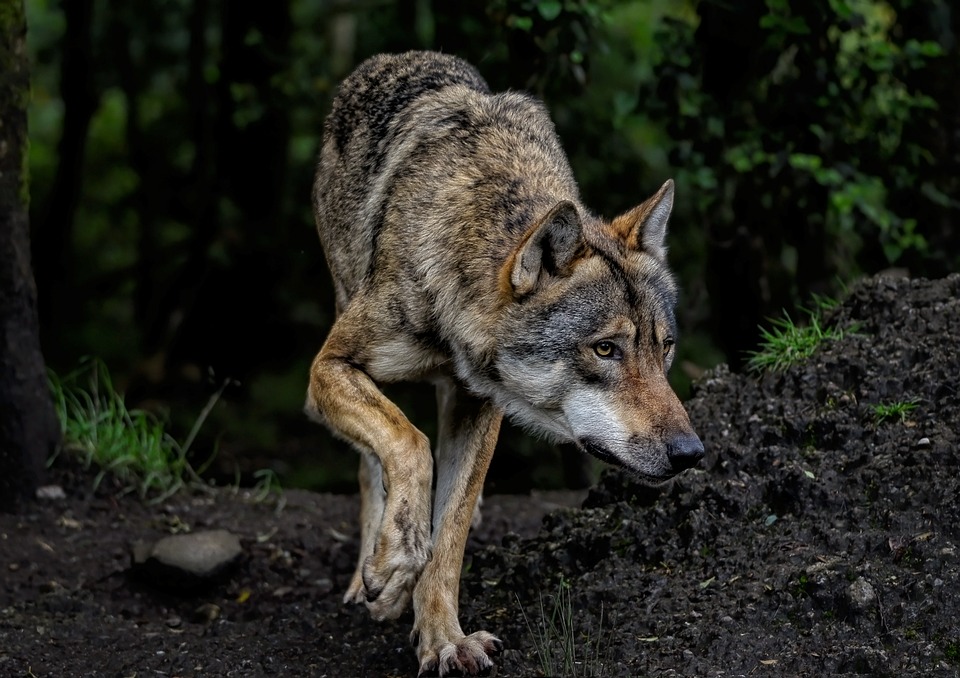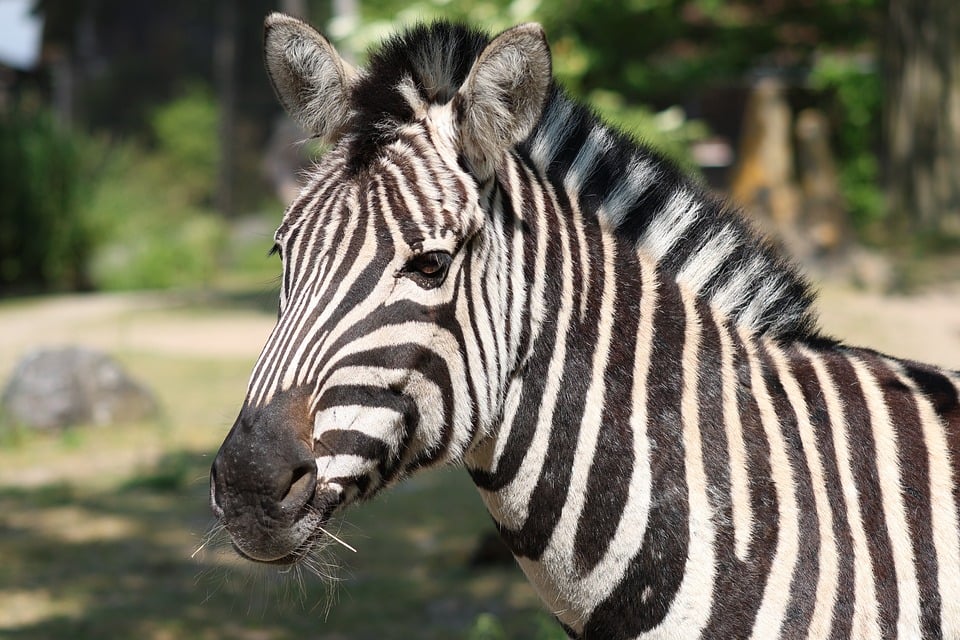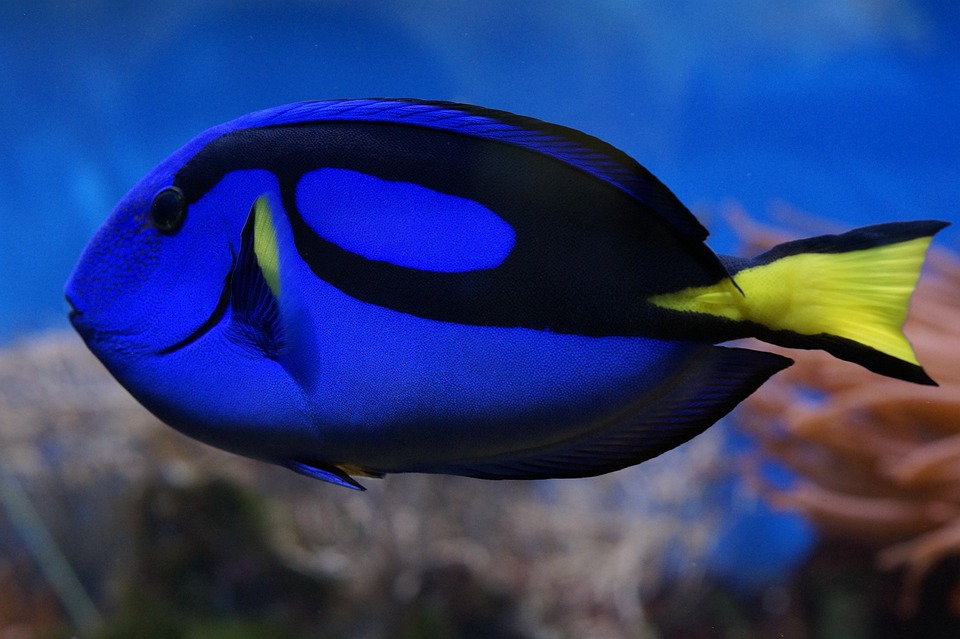Rats are known to thrive in human environments due to their ability to feed off crops and garbage, as well as their adaptability to various settings, from farms to urban areas. To control rat populations, people often resort to using poisons, specifically anticoagulant rodenticides. These poisons work by interfering with blood clotting in animals that consume them, ultimately leading to their death. While these poisons are effective in controlling rat populations, they can also harm other animals in the ecosystem.
Recent studies have shown that many wild mammal carnivores have been exposed to anticoagulant rodenticides. Animals such as bobcats, foxes, and weasels have been found to have these poisons in their systems, with some cases directly linking the poisons to the deaths of these animals. The use of second-generation anticoagulant rodenticides, which are more potent and can kill rats after just one night’s feeding, has become increasingly common in residential and urban areas. However, the widespread availability and unregulated use of these poisons pose a significant threat to wildlife populations globally.
The movement of these poisons up the food chain, known as bioaccumulation, can have devastating effects on predator populations. Animals that consume poisoned rodents can experience internal bleeding, lesions, lethargy, and a weakened immune response, making them more susceptible to other diseases. This bioaccumulation of poisons has been compared to the effects of the pesticide DDT on birds of prey, such as bald eagles, which led to a significant decline in their populations before the chemical was banned in the United States in 1972.
Studies have shown that exposure to rat poisons is not limited to urban and agricultural areas but also occurs in natural habitats. Factors such as an animal’s sex and age can influence their risk of exposure to these poisons. While most research on this topic has been conducted in North America and Europe, there is a lack of data from regions such as South Africa, New Zealand, and Australia, where many carnivore species are at risk.
One specific case study highlighted in the article is the impact of rat poisons on bobcats on Kiawah Island in South Carolina. Researchers have detected anticoagulant rodenticides in bobcats on the island, leading to several deaths within the population. Efforts to curtail the use of poisons on the island have been successful, with residents volunteering to stop using rodenticides and the town government implementing public education campaigns to raise awareness about the threat to wildlife.
Overall, the article emphasizes the need for better control methods to reduce the use of anticoagulant rodenticides and protect wildlife populations. Community-level efforts, such as those on Kiawah Island, and initiatives to clean up urban areas can help mitigate the impact of rat poisons on carnivores. However, stricter regulation and monitoring of rat poison use are essential to safeguard biodiversity and prevent further harm to wildlife around the world.





